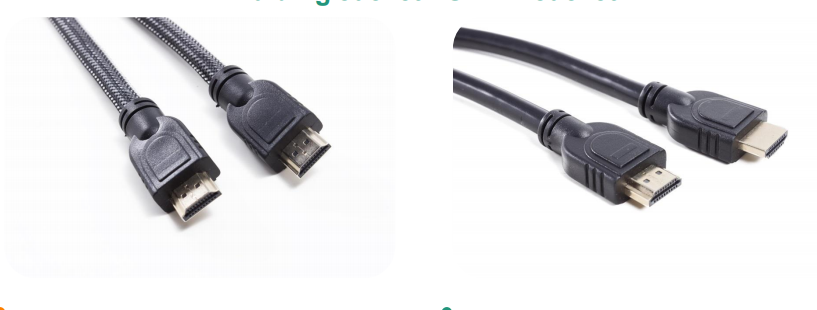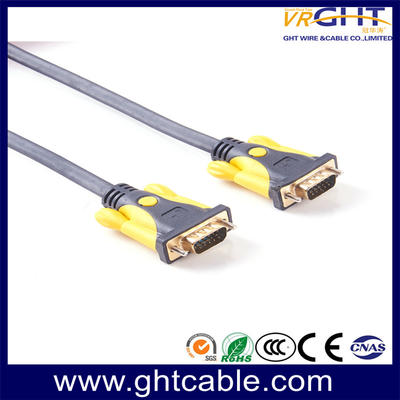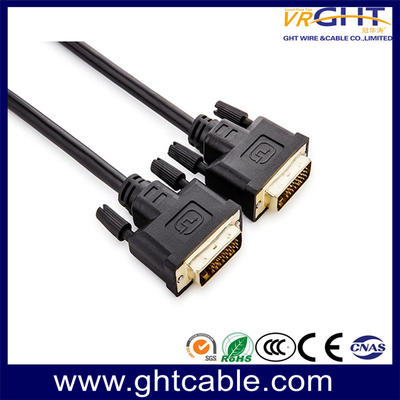
Purchasing Guide: From VGA to HDMI
If you are not an IT educator, administrator, or tech fan, you may not often hear DVI, HDMI, VGA, and other cable names. Although you don’t often hear about these names, you could easily find them on your electronic devices such as TV, computer and others. These cables are known as “cable connectors” in the digital devices industry. They actually are responsible for the transfer of digital video content in different ways.
VGA
VGA (Video Graphic Array) is first introduced by IBM in 1987. Initially, it just describes display hardware manufactured by IBM. Its standard also originally allows 640x480 pixels display resolution. However, since being introduced, it has been gotten many times of revision. Nowadays, it not only is the basic standard for color resolution in computer monitors but also is the symbol of the lowest common denominator of compatibility.
DVI
DVI (Digital Visual Interface) was invented by the Digital Display Working Group in 1999, to replace the dated technology of the VGA. Therefore, the DVI interface is fully compatible with the VGA interface. DVI format can also support digital signal, analog signal, or a combination of analog and digital. Such high compatibility also pushes the pace of the widespread implementation of the DVI format. In the early 2000s, DVI is widely favored by Manufacturers of computers, DVD players, and TV screens. However, unlike VGA, DVI has never been connected with computer display standards or screen resolutions. Also, the DVI is only applicable in a video display interface.
HDMI
HDMI (High-Definition Multimedia Interface) is a special interface that has the ability to combine the transmission of both digital video and digital audio from an HDMI-compatible source. HDMI was developed by the corporation of many companies in 2002, to give a digital interface that can be backward compatible with DVI. After being introduced, HDMI quickly gets popular in the market for the reason of the wide corporation of many companies. Because of its wide implement, it has become a de-facto standard for the transmission of digital signals.










Leave a comment